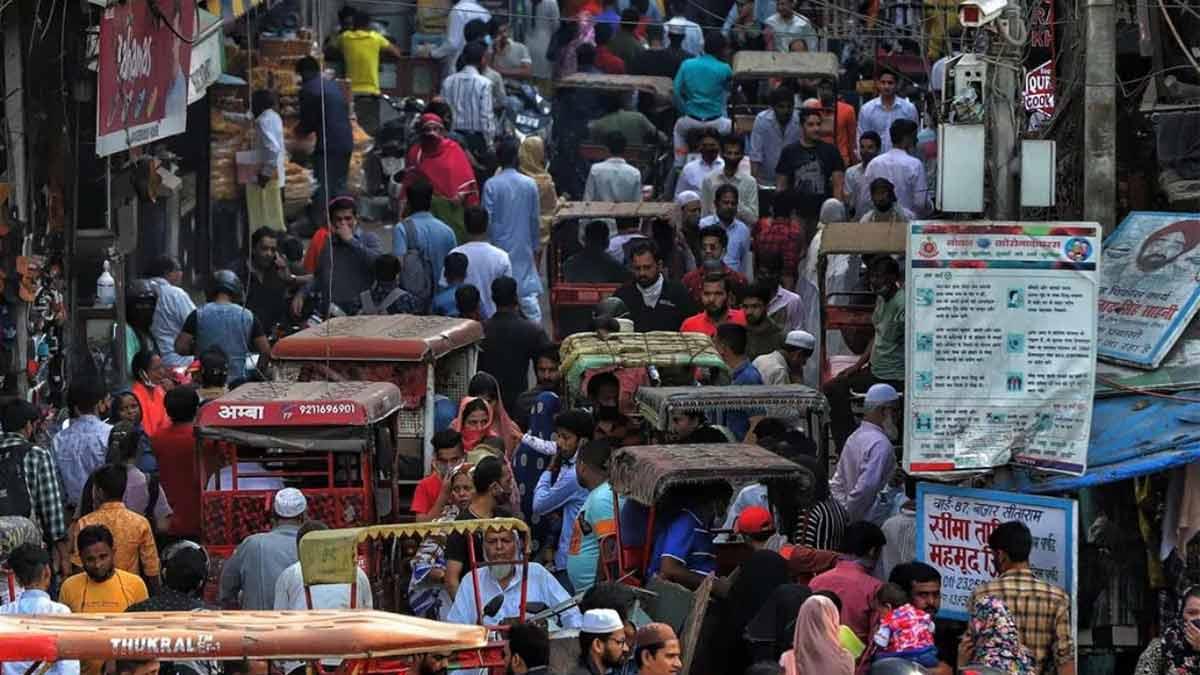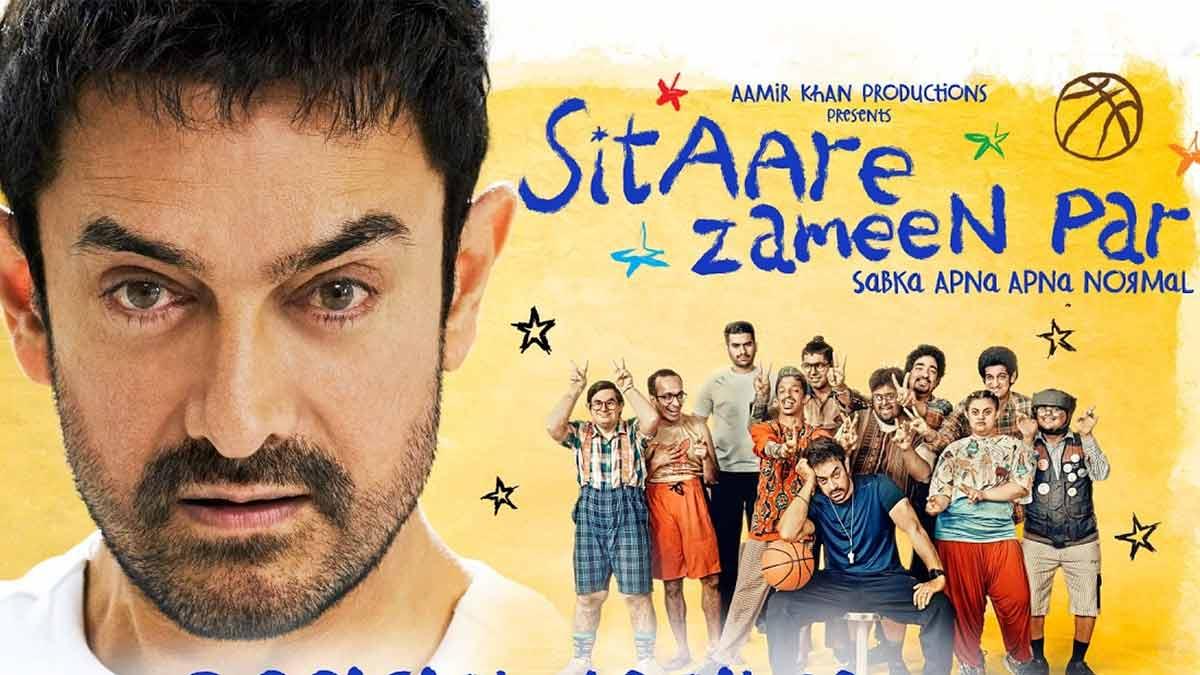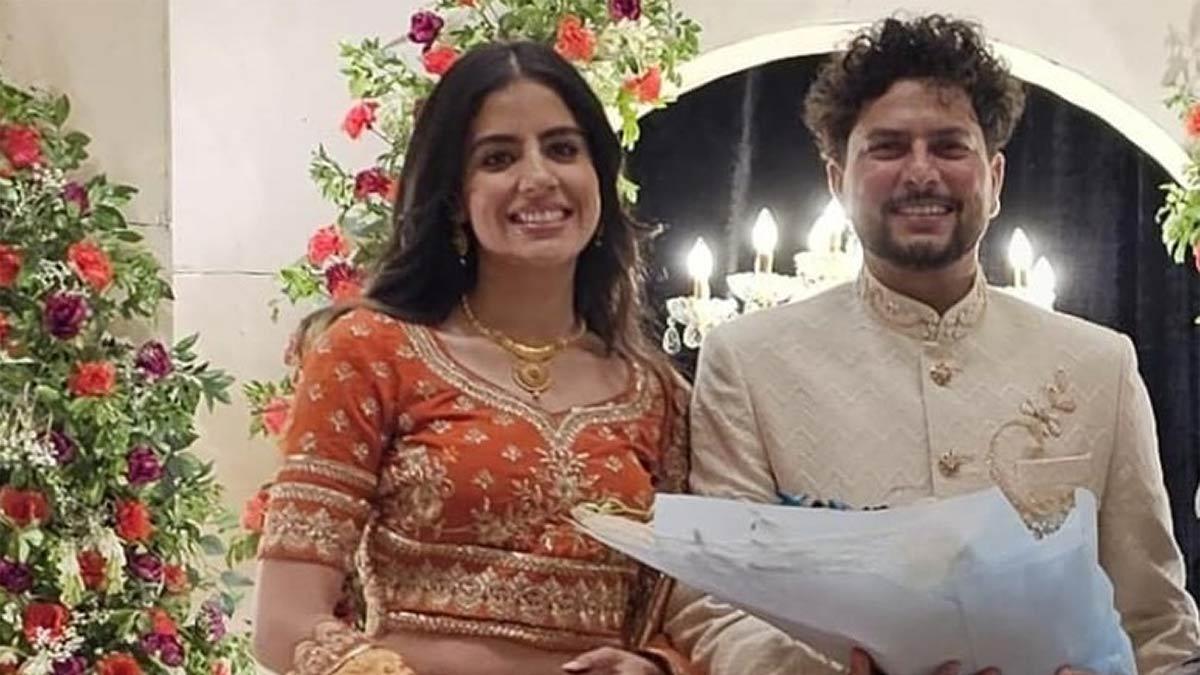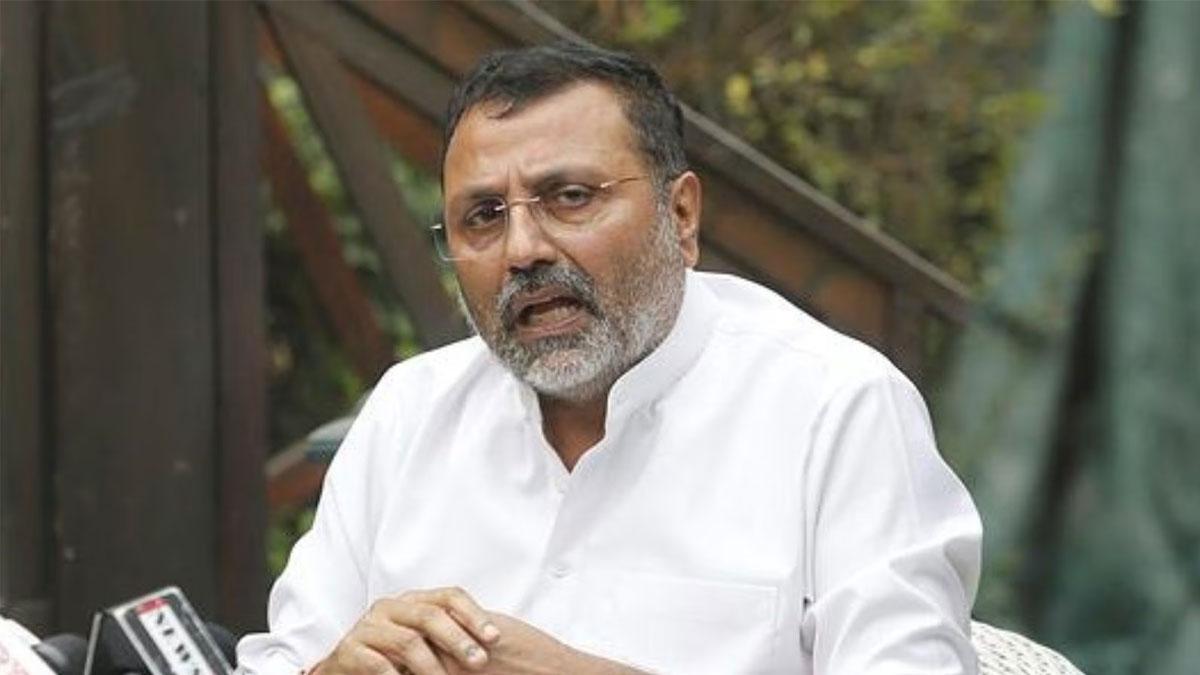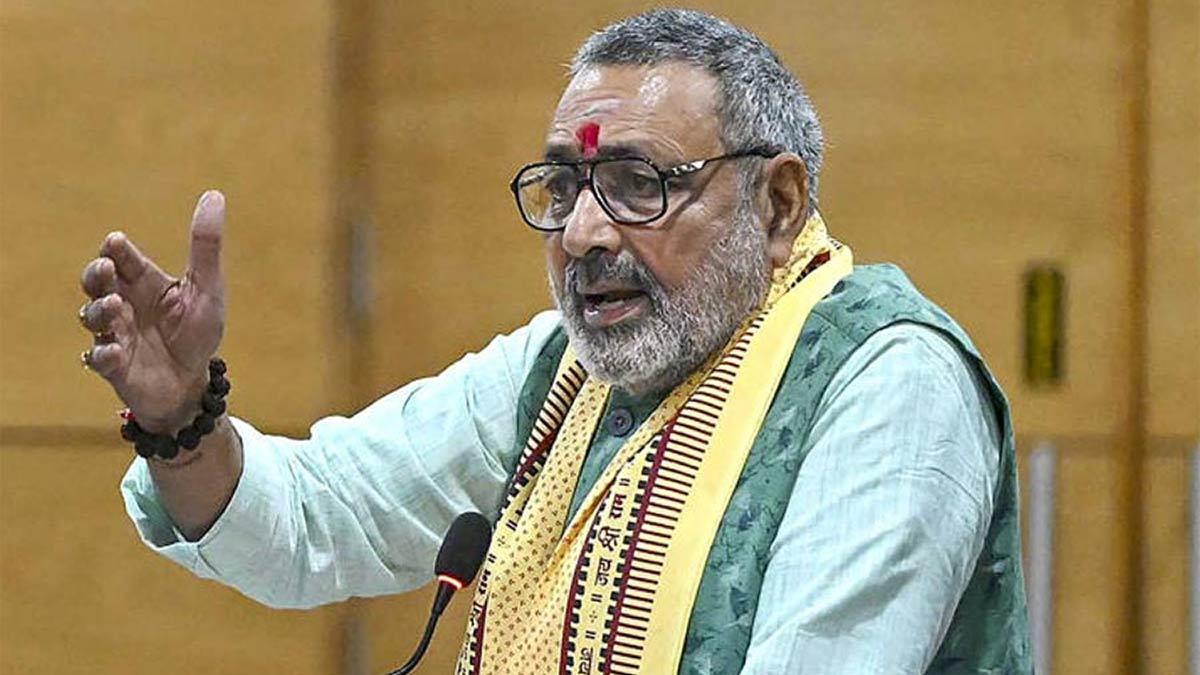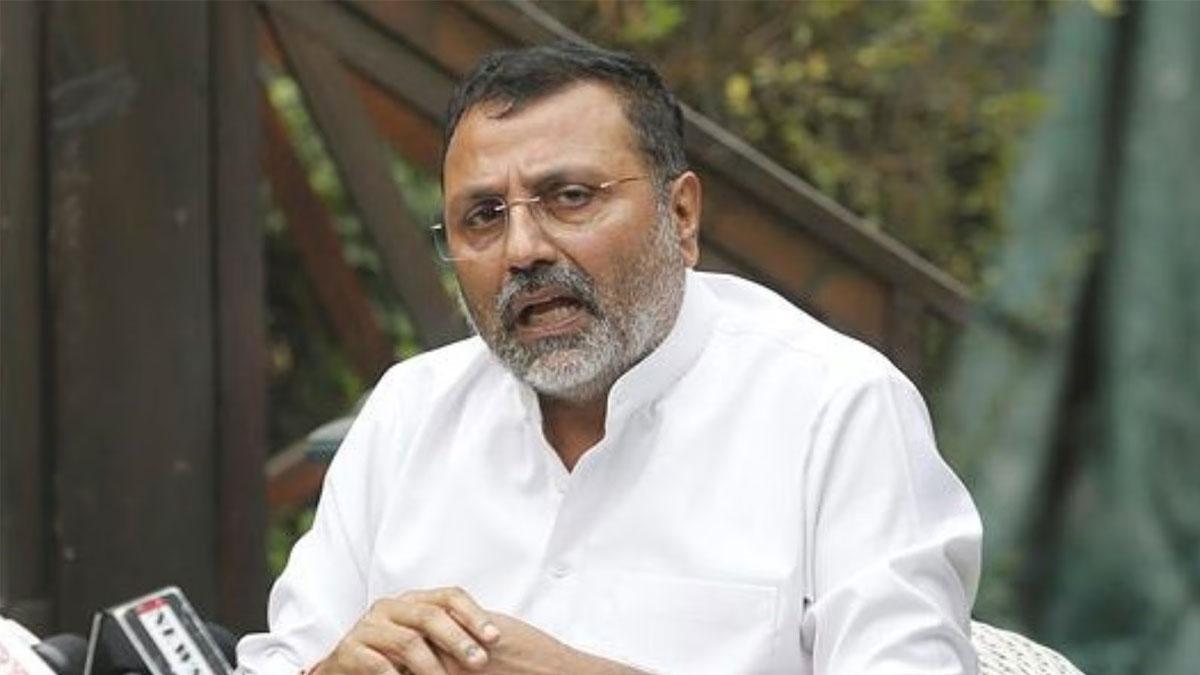The government on Monday announced that India's following national population census would start from midnight on October 1, 2026, in union territories of Jammu and Kashmir and Ladakh, and the states of Himachal Pradesh and Uttarakhand. The exercise would start in the remainder of the country from midnight on March 1, 2027.
Earlier in the day, Union Home Minister Amit Shah held a review meeting to review preparations for the census. The meeting was attended by the Home Secretary, the Registrar General & Census Commissioner of India, and other senior officials.
The process of the census will be two-pronged in nature in all states and union territories, officials have confirmed.
The initial phase, the House Listing Operation (HLO), will collect information on conditions of housing, facilities available, and possessions within homes.
"Discussed the preparations for the 16th Census with senior functionaries," Amit Shah tweeted. "The gazette notification of the census will be released tomorrow. The census will be conducted with caste enumeration for the first time. Up to 34 lakh supervisors and enumerators and approximately 1.3 lakh census.
The second phase, known as Population Enumeration (PE), will gather detailed socio-economic, demographic, and cultural data about each person who lives in the household. It is through this phase that information about a person's caste will be noted.
The government had previously announced on April 30 that the next census would conduct a complete caste count—listing different castes and sub-castes and counting the population in each. This is a policy change of considerable importance and addresses long-standing demands, particularly by opposition parties, for data on castes. The announcement was made ahead of critical elections in Bihar, where over 63 percent of the population consists of Backward or Extremely Backward Classes.
Authorities made it clear that caste, not class, will be the target of the census. Therefore, each individual will be required to identify his or her caste and religion. Sources said that in contrast to the uniform lists being kept for Scheduled Castes (SCs) and Scheduled Tribes (STs), there is no collective national list for Other Backward Classes (OBCs). OBC lists vary from state to state and also from the central government list.
Central OBC list, which is the list maintained by the National Commission for Backward Classes, is mainly employed in assessing the eligibility for reservation in central government offices and educational institutions. State-level OBC lists, however, are inclusive and larger.
India normally takes its population count every 10 years. The previous one was in 2011. The census of 2021 had been delayed because of the COVID-19 pandemic, and the next will be in 2027, the first since 16 years.
The opposition has repeatedly pushed the government to go ahead with the census, citing its necessity for clear and latest information that will inform effective policy planning.
This will also be India's first digital census ever, giving citizens the choice to go in for self-enumeration for the first time.
Read also| Giriraj Singh Accuses Rahul Gandhi of Trusting China and Pakistan Over India
Read also| PM Modi to Tour Cyprus, Canada & Croatia (June 15–19) to Deepen Strategic Partnerships

